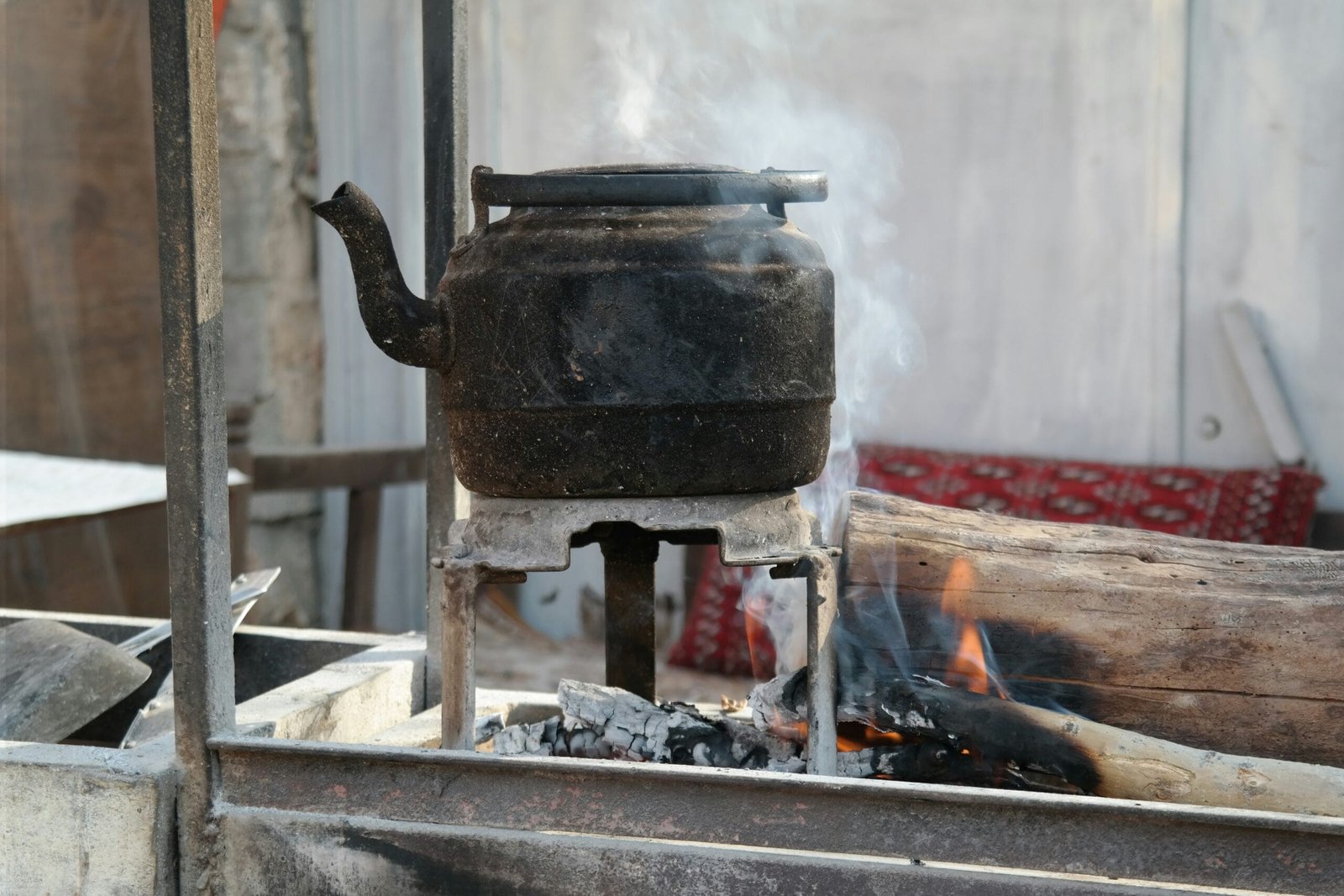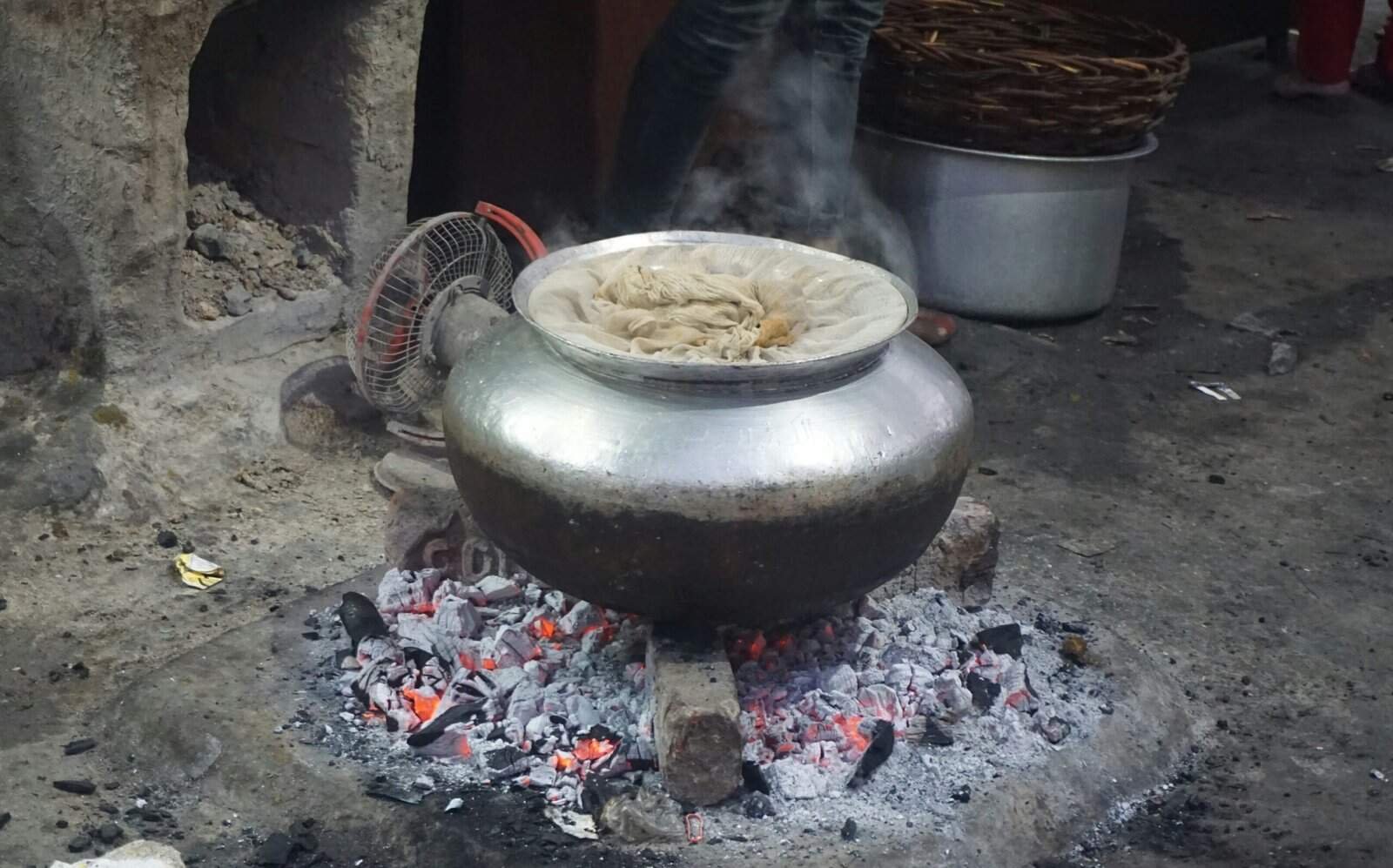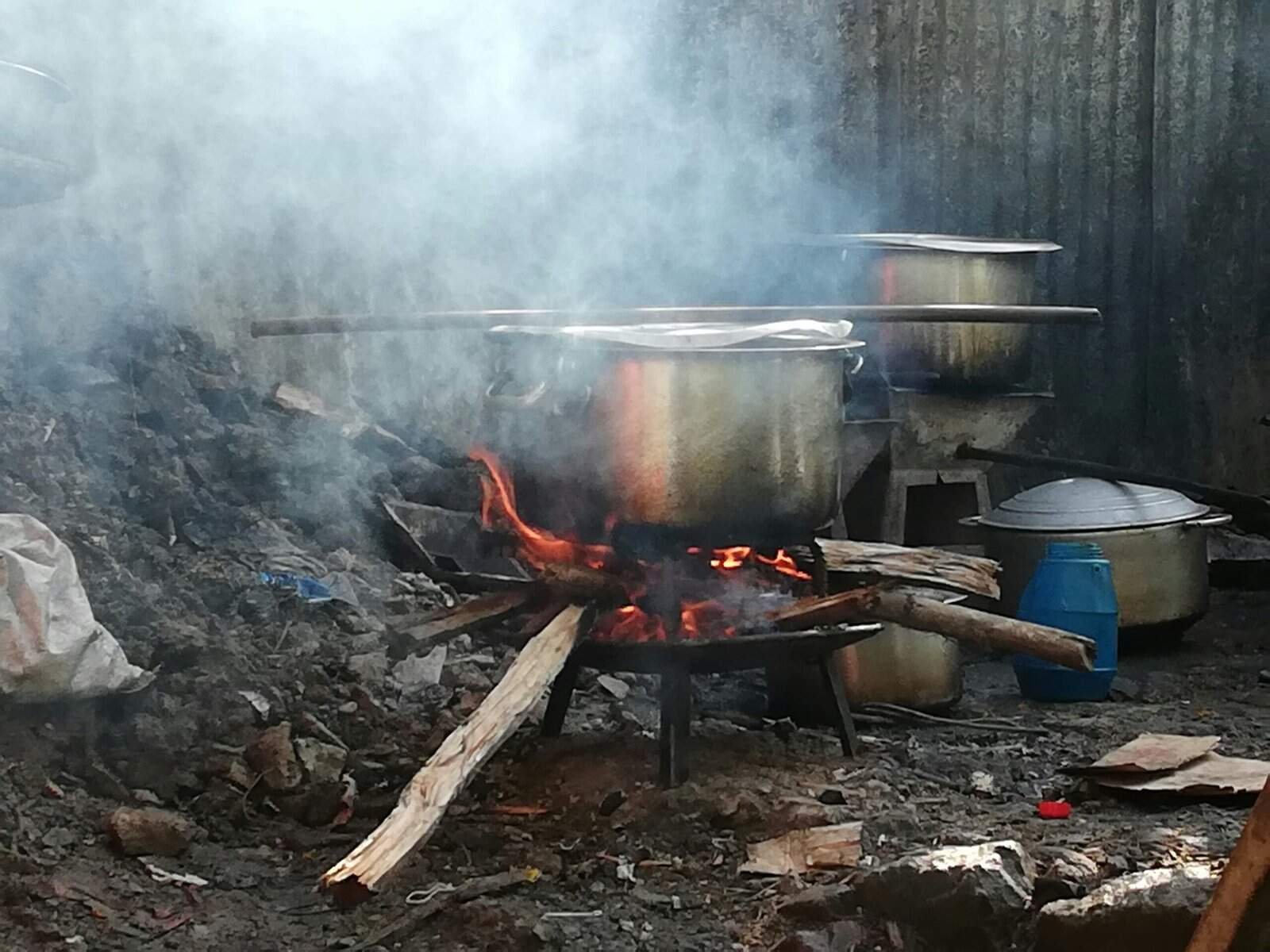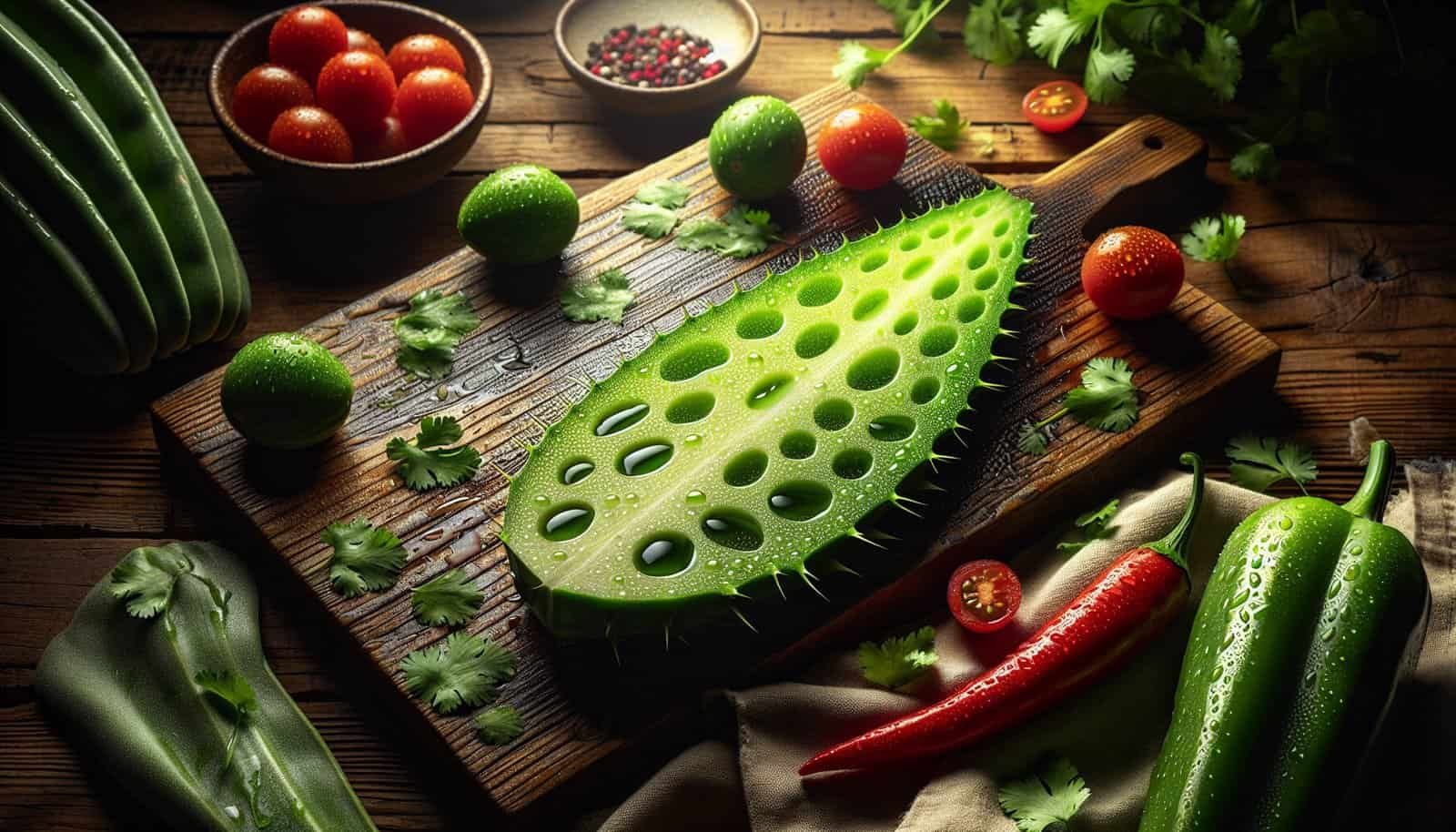Have you ever found yourself wondering how you can enjoy the delightful taste of nopal without using any oil? Cooking without oil can seem daunting, but it’s a great way to explore healthier eating habits while still enjoying delicious dishes. Nopal, also known as prickly pear cactus paddle, is an ingredient rich in vitamins and minerals. Therefore, understanding how to prepare it without oil can be both tasty and rewarding.

What Is Nopal?
Nopal, the edible pad of the prickly pear cactus, is popular in Mexican cuisine and known for its unique flavor and nutritional benefits. You’ll find nopal rich in vitamins A, C, and K, as well as calcium, magnesium, and potassium. These pads have a slightly tart, slightly sweet flavor that can complement a variety of dishes.
Why Cook Nopal Without Oil?
Cooking without oil can lower your meal’s total calorie count while maintaining the food’s authentic flavors. Cooking nopal without oil retains its nutritional content better and provides a fresher taste. It can also appeal to those seeking low-fat or no-fat dietary options.
Preparing Nopal
Before discovering the various oil-free cooking methods, it’s vital to learn how to properly prepare nopal. You’ll get the best results if it’s clean and appropriately cut.
Cleaning
Nopal pads are often covered with spines or thorns, so careful handling is essential. Wear gloves if possible to protect your hands. Use a small, sharp knife to remove the thorns, slicing them off without taking away too much of the pad itself. Rinse the pad thoroughly in water to remove any remaining dirt.
Cutting
Slice the nopal into strips or cubes, depending on your intended recipe. Adjust the size to suit your taste, keeping in mind that smaller pieces will cook faster and may work better for some preparation methods.
Cooking Methods Without Oil
Once your nopal is ready, you can choose from various cooking methods without needing to add oil. Each method offers a different taste and texture, but all maintain nopal’s nutritional benefits.
Boiling
Boiling is one of the simplest ways to enjoy nopal without oil. This method requires minimal effort and gives the nopal a soft texture:
- Fill a pot with water and add a pinch of salt.
- Bring the water to a boil.
- Add the sliced nopal to the water.
- Cook for about 15-20 minutes or until the nopal is tender. You’ll notice the sticky substance it releases during cooking; this is natural and can be rinsed off afterward.
Boiled nopal is great as a side dish or a salad topping. You can also integrate it into soups and stews.
Grilling
Grilling brings out a smoky flavor in nopal and is perfect for adding a rich, earthy tone to your meal:
- Preheat your grill to a medium-high setting.
- Season the nopal with your choice of spices or herbs, such as oregano or cumin.
- Place the nopal on the grill, cooking each side for about 4-5 minutes until char marks appear and the pad is tender.
Grilled nopal is perfect in tacos or as a topping for other grilled vegetables.
Baking
Baking is a wonderful way to evenly cook nopal and infuse it with surrounding flavors:
- Preheat your oven to 375°F (190°C).
- Arrange your nopal strips on a baking sheet lined with parchment paper.
- Season with your preferred spices or herbs.
- Bake for 20-25 minutes, turning halfway through.
This method allows you to create crispy or tender nopal, depending on your preference. It’s a great addition to casseroles or served alongside roasted potatoes.
Steaming
Steaming preserves much of nopal’s nutrients and keeps the pads tender:
- Place nopal pieces in a steamer basket over boiling water.
- Cover and steam for approximately 10-15 minutes until the nopal is tender.
After steaming, season with lemon juice for a refreshing side dish or add it to rice dishes.
Sautéing With Water
If you enjoy the flavor of sautéing but want to avoid oil, water is an excellent substitute:
- Heat a non-stick pan over medium heat.
- Add a splash of water once the pan is heated.
- Add your nopal and a pinch of salt. Stir occasionally.
- Cook for about 10 minutes until the nopal is tender.
This method works well to maintain that sautéed texture and is excellent for stir-fries or scrambled with eggs.

Adding Flavor Without Oil
Even without oil, you can infuse plenty of taste into your nopal dishes.
Herbs and Spices
Aromatic herbs and spices are your best friend. Use fresh cilantro, cumin, paprika, garlic powder, or chili flakes to add depth to your meal.
Marinades
Soak your nopal in a simple marinade before cooking to enhance its taste. Mix lime juice, garlic, and chopped cilantro for a zesty option.
Broths
Cooking nopal in vegetable or chicken broth can incorporate additional flavors. It also serves as a natural element in soups or stews.
Complementary Ingredients
When cooking nopal without oil, combining it with other ingredients can elevate its flavor and nutritional profile.
Vegetables
Combine nopal with bell peppers, onions, tomatoes, or mushrooms for a colorful and nutrient-rich medley.
Proteins
Add lean proteins like beans or grilled chicken for a balanced meal. Nopal pairs well with eggs, making it a great addition to breakfast dishes.
Grains
Serve nopal over quinoa, brown rice, or whole-grain pasta for a satisfying, complete dish.

Frequently Asked Questions
To further simplify the process of understanding and cooking nopal without oil, here are some answers to common questions:
Is Nopal Slimy?
A: Yes, nopal can be slimy due to its natural mucilage, similar to okra. Rinse them well after cooking to reduce this texture. Boiling with a pinch of salt and sautéing in a hot pan are methods that minimize the sliminess.
Can I Freeze Cooked Nopal?
A: Yes, you can freeze cooked nopal. Cool them first, then store in an airtight container. Use within three months for the best quality.
How Do I Reduce the Tartness of Nopal?
A: Balancing nopal’s tartness can be achieved by pairing it with sweet ingredients or using acidic flavors like lime to complement its natural taste.
Conclusion
Cooking nopal without oil not only offers a health-conscious alternative but enhances your cooking skills. Whether you’re boiling, grilling, baking, or steaming, each method presents a unique way to savor this Mexican delicacy without the added calories from oil. By tweaking the spices, complementing with proteins, or pairing with hearty vegetables, you’ll discover countless ways to enjoy nopal in your meals. Embrace the benefits of oil-free cooking and experience all that nopal has to offer!


